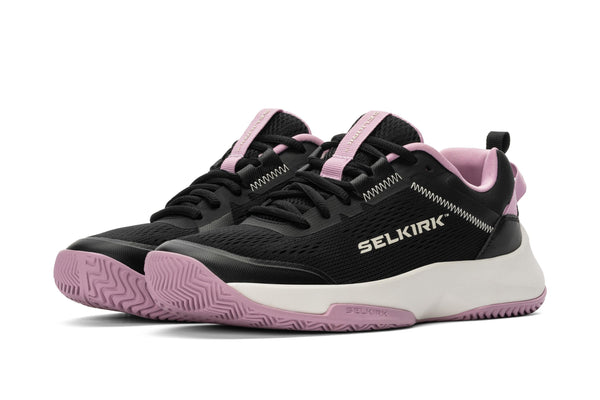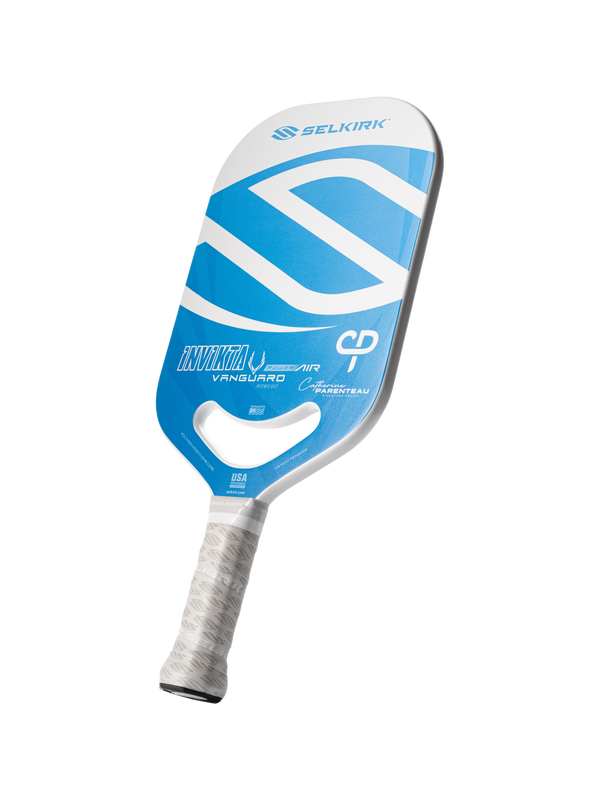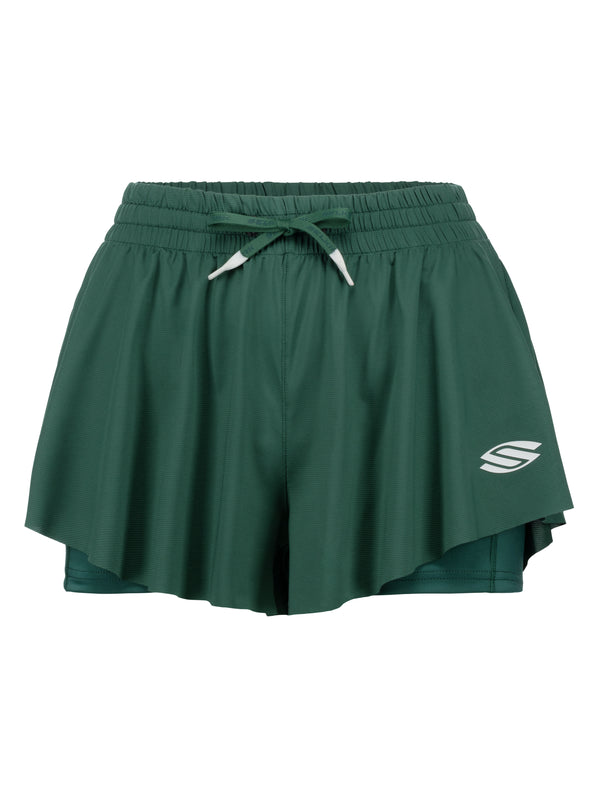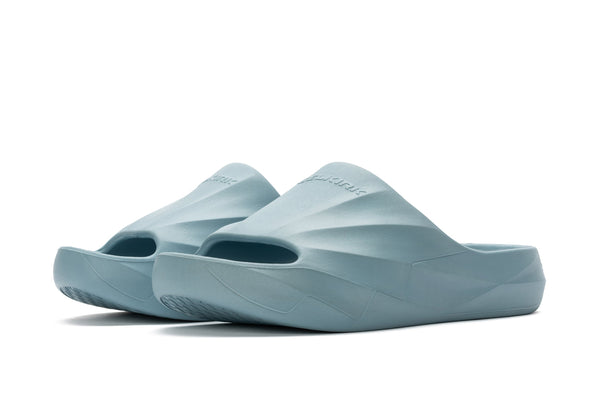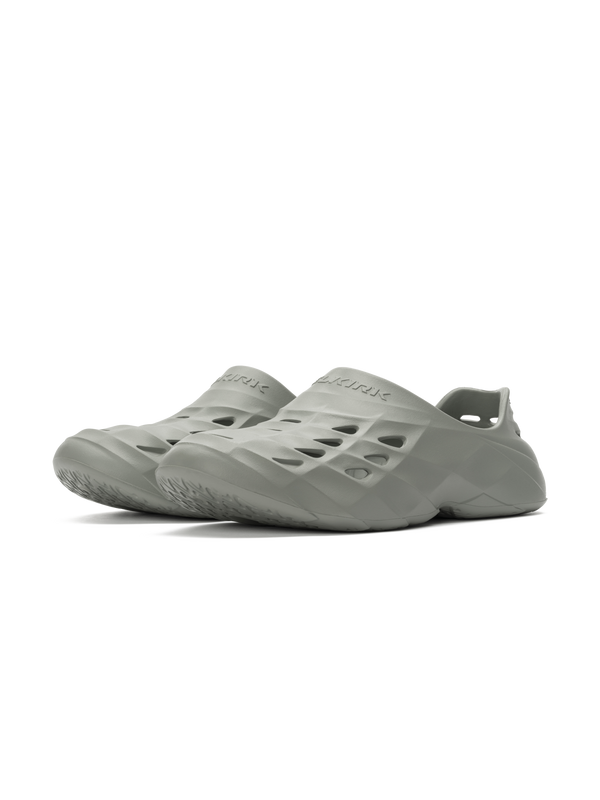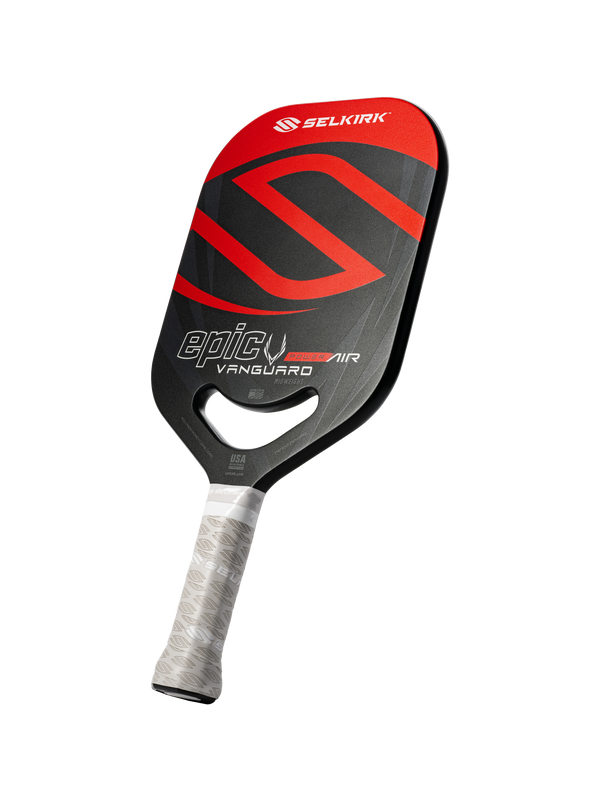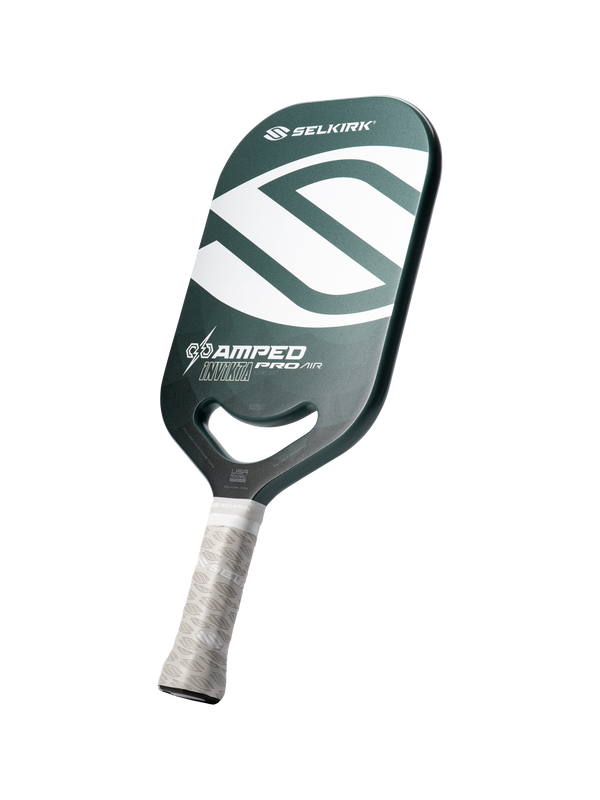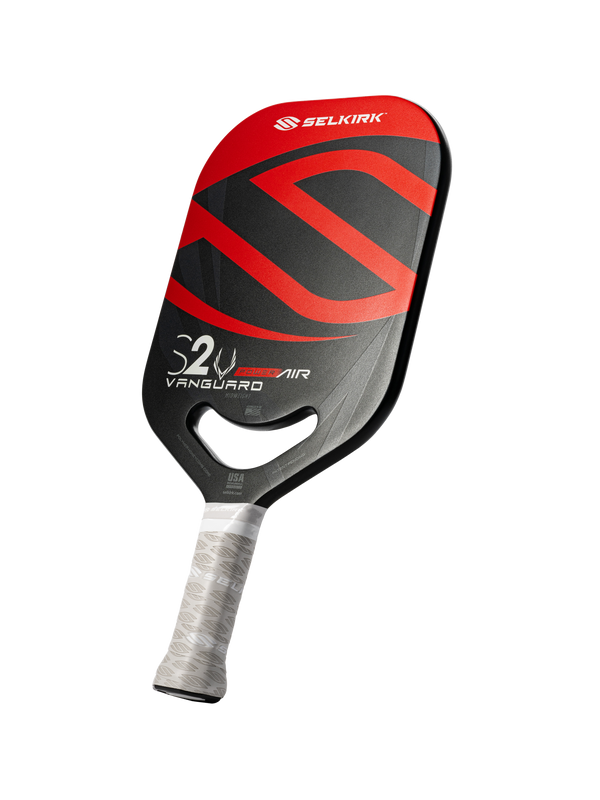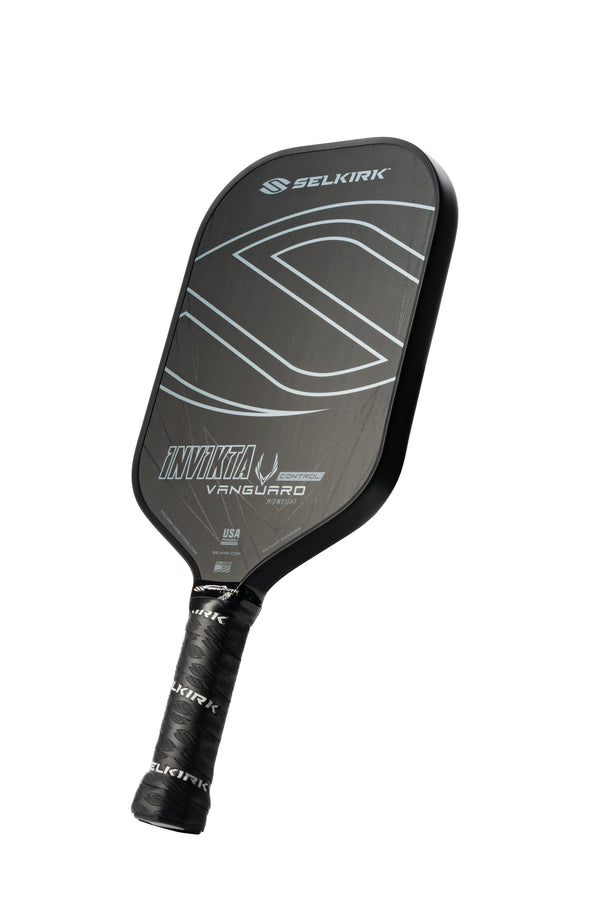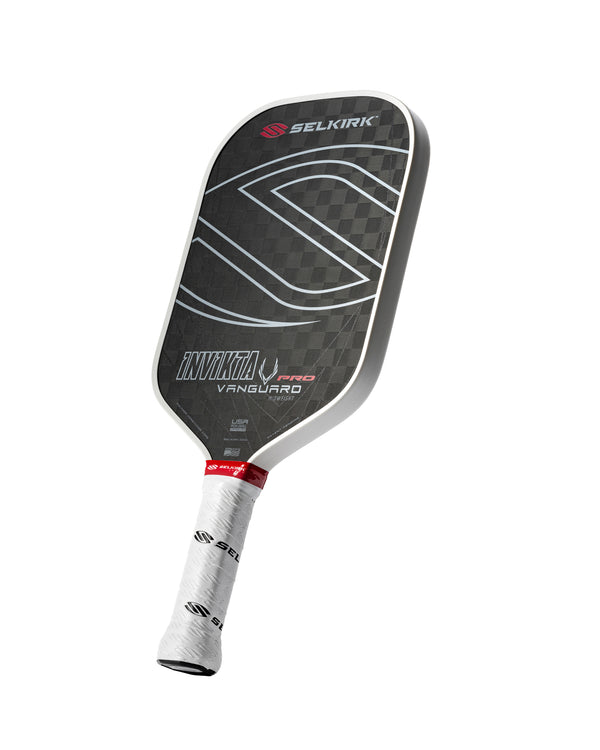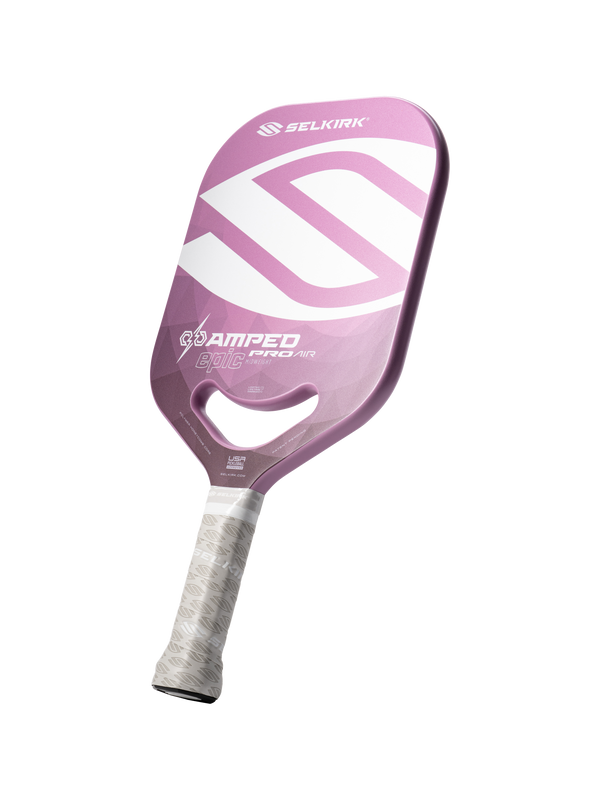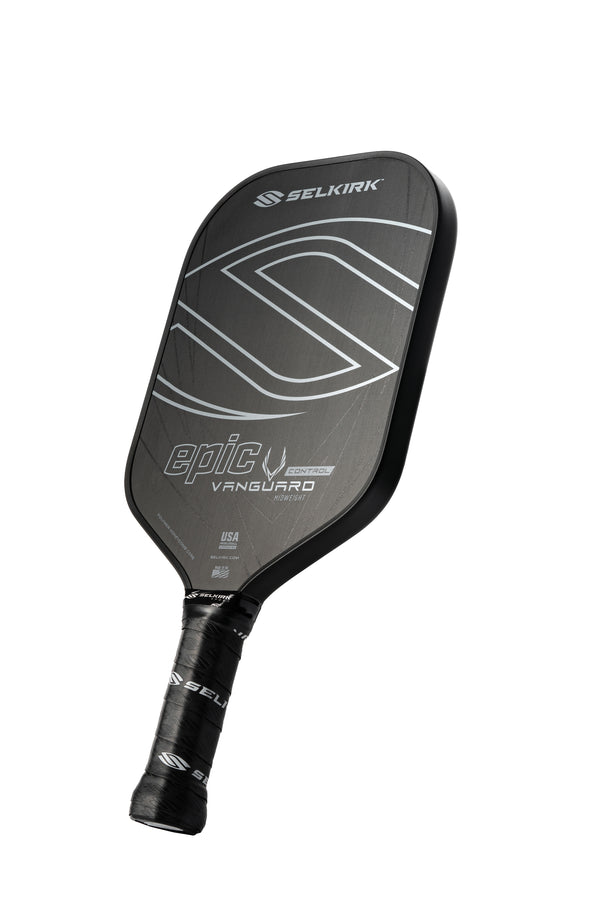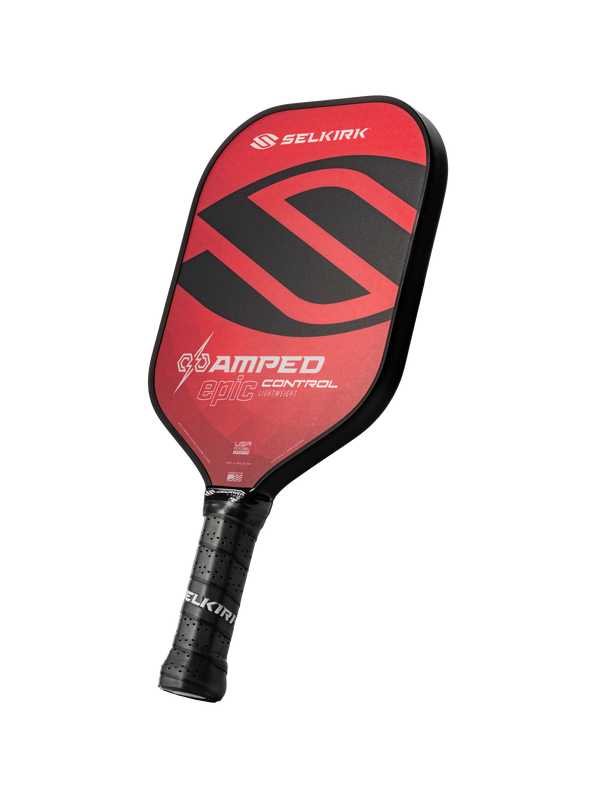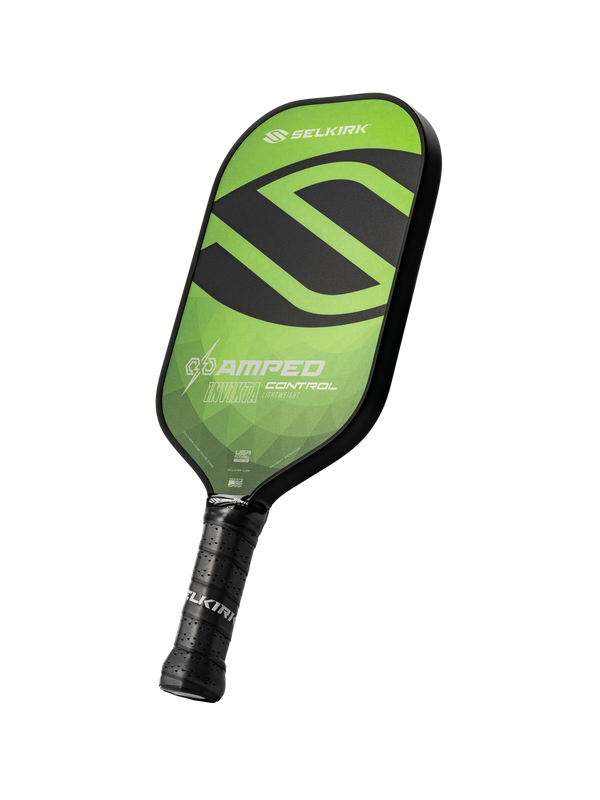
The score is 10-10-2 in the last game to 11, win by one – the lights are on, sweat is dripping, temperatures and humidity have soared all day, and exhaustion is setting in. As the ESPN-worthy battle unfolds, everyone holds a collective breath waiting to see who will win the most prestigious pickleball tournament on the planet! The second server hits a top-spinning serve deep to the baseline; it’s returned, followed by a picturesque third shot. A rally ensues…the ball ticks the tape and trickles over, a player dives and pushes it diagonal just in time! Then, in the midst of the excitement and scramble, the inevitable happens, a player slides a shot down the line that neither team nor the line judge can call with 100% certainty. A hush settles over the crowd, the players all stare despondently, each unwilling to end the game on a technicality and so spent that the prospect of prolonging the match isn’t an option.
While this scenario may be a little dramatic, the fact is that you are almost guaranteed to run into a situation where you have a split second to decide whether a close ball is in or out. If you have ever heard of Murphy’s Law, you also know that it will likely be in a situation where the outcome determines the game and whether you go home with a medal or a consolation bag of trail mix.
As pickleball continues to grow and as the stakes and prizes for tournaments get higher, the most famous call in pickleball becomes vitally important, and so does the pressure to call it right.
Making a Line Call
We all know the rules and the etiquette when it comes to making line calls (if not, check out section 6.D. in the official USA Pickleball Rulebook ) and even foot faults (see sections 13.C and 13.D), and that these types of calls can often make or break a game during critical points or during high-stakes tournaments. I decided to look further into the neuroscience and visual science to determine what we are dealing with when it comes to processing what happens in a typical game.
New research suggests that our brains’ “refresh time” is approximately 15 seconds (see The Visual Delay That Explains “Change Blindness”) , while additional research indicates that the human eye processes images in approximately 13 milliseconds (see In the Blink of An Eye). When factoring in that a pickleball has the capacity to travel approximately 40 mph from baseline to baseline in about 1 second (according to Pickleball Magazine “Ball Speed and Reaction Times”), it is no wonder that challenges arise when it comes to processing the shots we see and making accurate calls.
While this might not seem like a big deal to the average rec player, whose biggest concern is where to imbibe after a couple hours of laughs and exercise, this can mean big decisions for tournament players of every caliber and even bigger impacts on professionals with money on the line.

Big Business in Sports: The Rise of Technology
As pickleball grows, tournament payouts increase, sponsorships put more pressure on wins, and increased syndication on top channels means that the integrity of the game becomes paramount. It also means that the criticality of training and data related to training can make or break a player’s performance.
Any sports fan knows that when it comes to the business aspect of the game, enhanced technologies have become the go-to for preventing questionable calls and for gathering information/data on how players perform. Professional soccer employs VAR (Video Assistant Referees), professional basketball and football employ instant replay, and professional hockey has expanded video review/coach’s challenges, all in an effort to keep the games fair and prevent disputes that impact the integrity of the game due to adverse outcomes resulting from human error. In addition, elite athletes often use the information from training to improve their performance and take advantage of data gathered from their sessions. While pickleball may not immediately be at the level of video reviews and enhanced referee presence, both the professional and recreational club levels could benefit from the use of enhanced technologies for reducing errors in calls or learning more about player tendencies.
One such example of the potential enhanced technologies that could become useful for pickleball is portable line call devices, for both line calls and foot faults. Devices, like the In/Out v3.0, the eyes3 Tennis Line Call App™, or the more complex technologies from Hawk-Eye Innovations (used in the tennis U.S. Open) were developed to assist players/line judges or replace line judges altogether for the purposes of making automated line calls (i.e. whether the ball was in or out).
As an example, the In/Out v3.0 is a compact device that can be attached to the net post, calibrated to read the available lines, and uses a light up indicator/beep to indicate an out ball. The device also has a built-in camera that can capture data on things like player accuracy while in play and for serves, or to calculate ball speed. Typical packages run from a single unit for $275 up to the full package at $1245. The Tennis Line Call App™ on the other hand, is available on your apple™ iOS smartphone and works with the apple™ smart watch allowing you to challenge calls and receive an affirmative in/out response.
Since pickleball was built on some of the same premises as tennis, it is possible that these technologies could be leveraged as part of the future in advancing the sport. The more popular pickleball becomes, the more both athletes and officiating can benefit from the data and call assistance that such technologies support.



